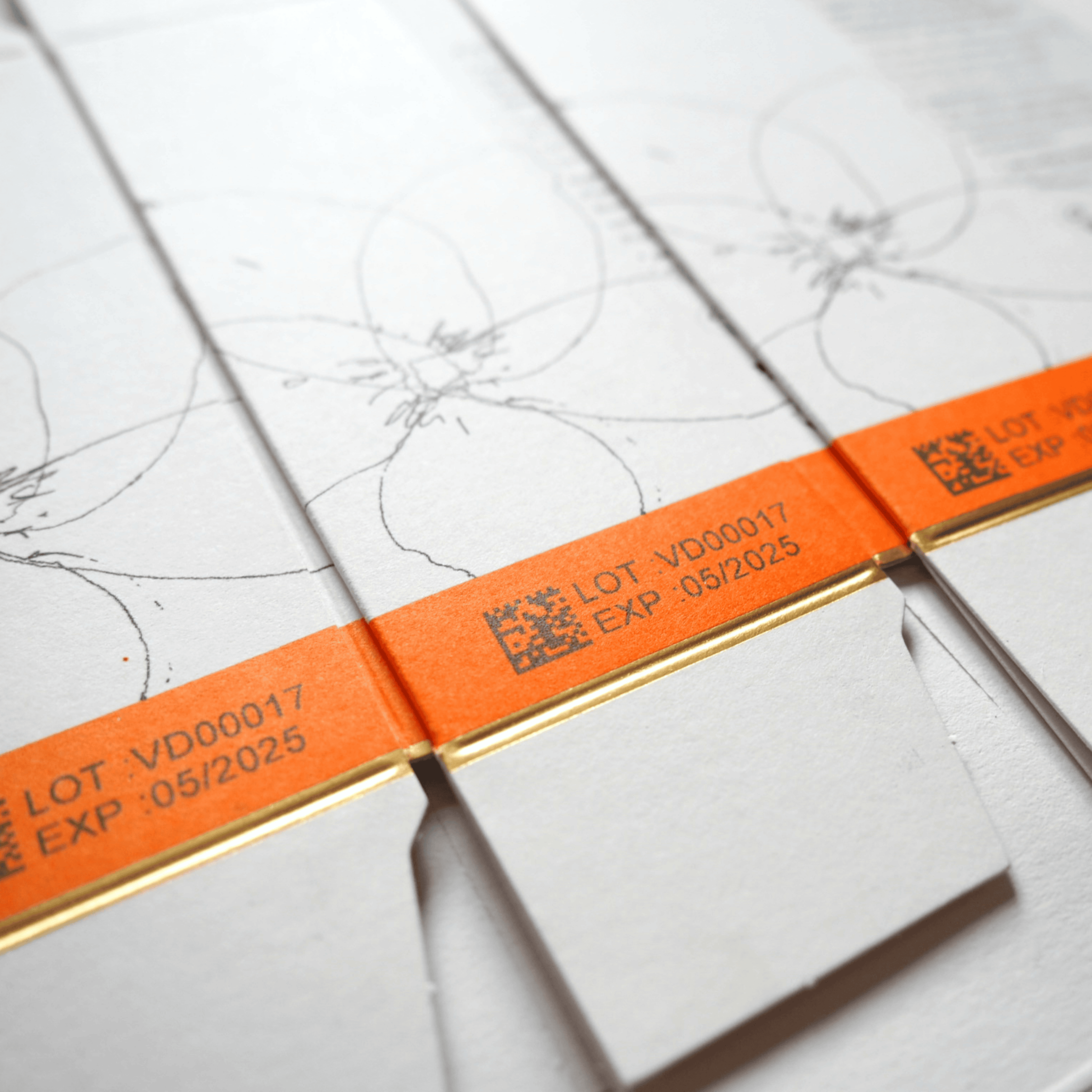Article published in Print Solutions Magazine, Feb 2021.
It really pays to learn about innovations in carton printing. Rotech Machines explains how the knowledge can provide solutions and serve businesses well.
On the surface, end-of-line carton coding may not be a process that is regularly reviewed or cost-analysed. However, expert appraisals can not only reveal unnecessary and excess printing costs, they can also lead to a far greater understanding of how new coding technology can future-proof the entire process.
Walking through the production facilities at a West Sussex cosmetics manufacturer, the atmosphere is busy and relaxed. But, when Rotech were first asked to visit their factory last year, things were a little different. Their team were having real issues with the performance of their carton feeder and the amount of waste being produced as a result – up to 15%. And, when you’re printing between 5,000 and 10,000 cartons per day, that is a lot of waste.



